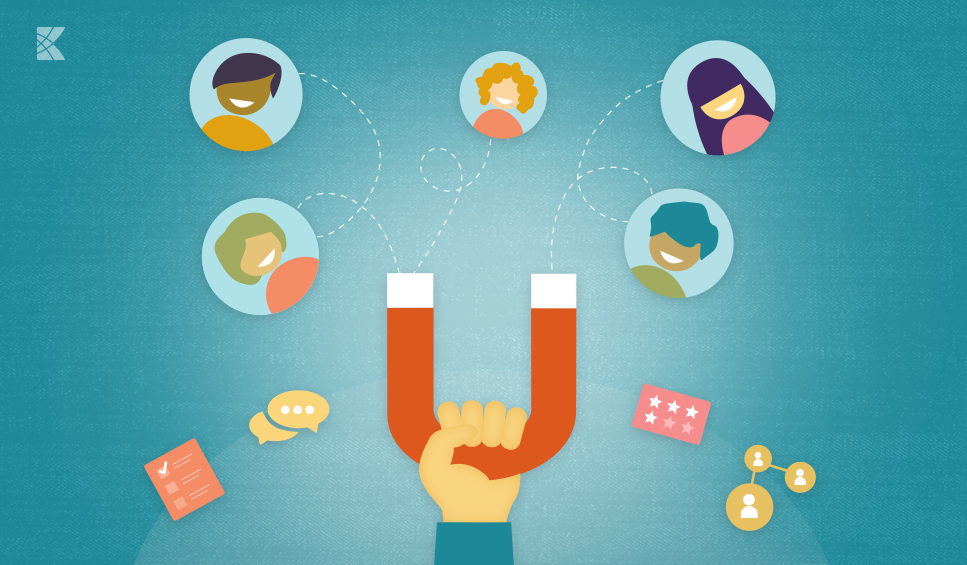It seems evident that there is a direct relationship between customer or user loyalty and the benefits or results of a company. Loyalty is a key factor for the company to achieve sustainable success, thus the search for loyalty is one of the main objectives of organizations. The search for customer and user loyalty is essential for three basic reasons:
- The costs of acquiring a new customer are high.
- Loyal customers buy more.
- Loyal customers recommend the service.
On the other hand, authors who have analyzed loyalty from an attitudinal point of view identify loyalty with the customer’s specific desire to continue with their relationship beyond the existence of alternatives.
Finally, both components have been combined, stating that to explain the concept of loyalty it is necessary to address both its attitudinal and behavioral components, which has led to establishing a distinction between what has come to be called true and false loyalty (or spurious). The idea is that a loyalty that is based exclusively on repeated behavior is a false loyalty; In fact, it assumes that falsely loyal customers can be captured at any time by another brand with a better one-time offer. These falsely loyal customers lack attachment to the brand’s attributes and benefits that promote their repeat purchase even if they find a better deal. Therefore, the measurement of loyalty is based on:
- From the attitudinal perspective , that is, the client not only shows the desire to continue the relationship with the current supplier, but also recommends it to other potential clients, offering positive word of mouth and insists on its benefits. Attitudes can be measured by asking how many people say they like the brand, feel committed to it, recommend it to others, and have positive beliefs and feelings toward it compared to competing brands.
- From the behavioral perspective , customer loyalty is evidenced by the number of times the buyer chooses the product or service of a specific category compared to the total number of purchases made by the same buyer in that category, provided that other products or services exist. services equally convenient and available in the category.

In the case of online services , the relevance of loyalty is even greater than in face-to-face services since the competition is just a click away (low switching costs) and it is much more difficult to achieve a captive audience (no It may be the only bar in town).
The first studies of online loyalty , or e-loyalty , were approached from a behavioral point of view. For example, loyalty was linked to repeat visits to a specific website. However, in accordance with the double perspective necessary to approach the concept of loyalty, e-loyalty would rather be a combination of attitude and behavior. While attitudinal e-loyalty focuses on customers’ preferences for one online service over others, behavioral e-loyalty will refer to the frequency of visits and use of services. In this sense that integrates both perspectives, e-loyalty can be defined as the customer’s favorable attitude towards the online service and a consistent behavior of repeated use.
Measurement of customer or user loyalty
Assuming the proposals set out above, from the attitudinal perspective, the client not only shows the desire to continue the relationship with the current supplier but also recommends it to other potential clients or users, offering positive word of mouth, and insisting on its benefits. . From a behavioral perspective, customer loyalty is summarized in the number of times the buyer chooses that product or service from a specific category compared to the total number of purchases made by the same buyer in that category – provided that other products or services also exist. convenient and available in that same category.
This article does not pretend to be exhaustive, so we can make a final practical note by mentioning a simple example of a survey to measure behavioral intentions following the scale proposed by Zeithaml, VA; Berry, L.L.; Parasuraman, A. (1996, The behavioral consequences of service quality. Journal of Marketing , vol. 60, no. 2, pages 31-46). The survey would be of the following style:
- I intend to continue visiting, interacting and engaging with this service in the future.
- My intention is to continue using that service instead of the alternatives.
- I want to continue using this service, rather than abandoning it.
- I will recommend family, friends or colleagues to use this service.
- I will tell other people about the positive aspects of this service.
- I will encourage family, friends or acquaintances to visit this service.
If it is necessary to deepen the study of loyalty, it would be necessary to evaluate those aspects that promote it, its antecedents. Although there are studies with a wide range of antecedents of loyalty, it is common to relate loyalty to the degree of satisfaction , trust and commitment of customers or users. This would lead us to define and measure these three concepts, which we will leave for other articles.



